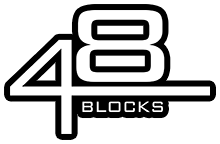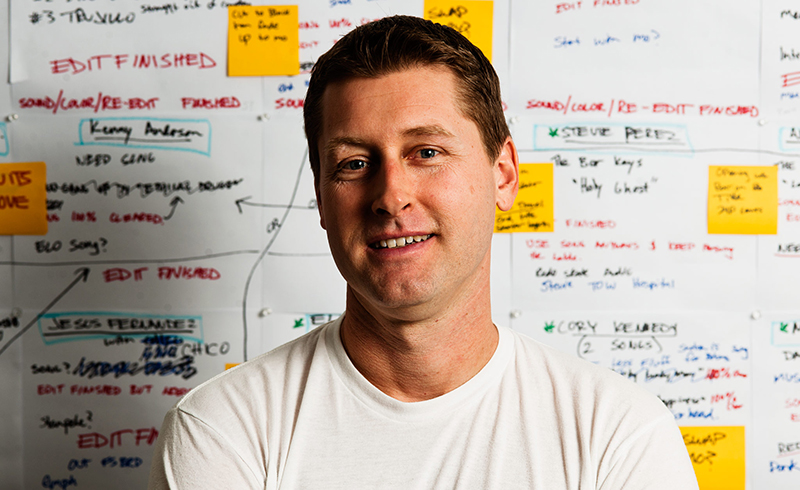Ty Evans is skateboarding’s Steven Spielberg. If you look at his resume starting in the early Planet Earth and Transworld days through his work with Girl, Chocolate, and Lakai, he continually progressed the genre with each release. Then, he ambitiously embarked on making the biggest skateboarding film the world had ever seen with 2015’s We Are Blood. That project had a budget in the millions, and saw skateboarding go to places it hadn’t before, most notably, Dubai.
Since the release of We Are Blood, Evans launched his own production company called Ghost Digital Cinema. He recently produced Skateistan’s Land of Skate documentary, and is set to premiere his latest full-length, The Flat Earth, on Friday. The latter is a self-financed epic that will showcase Evans’s latest technical innovations. Expect some amazing visual effects and zero fisheye shots.
We recently interviewed Evans about his current and future projects, which include Nyjah Huston’s upcoming Nike SB part. We also got him to answer the burning question that’s been on everyone’s mind for the better part of a decade: Will we ever see Chomp on This 2?
How did you get involved with Skateistan?
I originally reached out to Skateistan when I was making We Are Blood [2015]. I talked to them about possibly involving them in that project. I ended up flying out there and staying in Kabul for a week; I met the staff and the kids. It was a really life-changing and amazing experience. As things worked out, we couldn’t do the segment for the film. We finished We Are Blood. And I started my production company, and got a bunch of camera gear. It just kind of dawned on me, What if I went back out there and did something? Right about that time, Oliver [Percovich] hit me up talking about trying to make a video for them. It was just kind of perfect timing. I was like, “I’ve got a bunch of camera gear. I’d love to come back back out and make something for you.” He was down to do it. The next thing you know, we’re on a plane flying out to Afghanistan.
I know that you’ve worked in Brazil, and some less-friendly places, traveling with that sort of gear. What were the biggest challenges to going and shooting in the Middle East?
It was really insane. Usually when you travel you need a carnet to register all of your camera gear. We actually packed all of the gear in normal luggage. We took the gear inside Pelican cases and we put the cases inside luggage. So we just kind of slipped into Afghanistan nice and smooth with a bunch of camera gear.
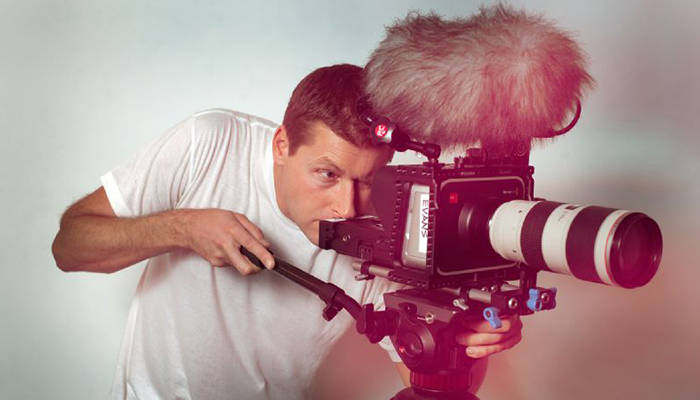
courtesy: X-Games
Crazy! What were the kids reactions to having these American producers filming their skate school?
You know, we were very respectful of the culture. The first thing we did was go and get local clothes. And we went through all of the customs of what’s appropriate there—we were very respectful of that. When you’re filming someone, you just need to be respectful in general. I think that we were just ultra respectful of everyone when we were filming them and their culture. We did our best to just be a fly on the wall. Usually, I have so much camera gear. We just went there with the bare-bones minimum; it was just me and Mike Poore. That was amazing. It was just two people that went out there and did it.
It was very hard work. I was so physically exhausted every day because it was just the two of us doing everything. You’re jet lagged, you don’t have any sleep. You wake up. You’re filming all day. It’s just you and one other person helping. We’re constantly juggling. With these camera systems, you’re always charging batteries, and doing so many things to make sure everything is working correctly. Once you’re done shooting, you get back and need to dump all the footage at night. You’re setting your alarm to wake up in the middle of the night to make sure all of the footage is copying. Then, you’re backing that up. You’re not even really sleeping under these conditions. Then, the next thing you know, your alarm is going off, and you’re doing it all again. It was definitely very challenging, but super rewarding.
_The skate community in America is very aware of what Skateistan is doing by seeing coverage of its work online. But what’s your biggest takeaway from going and witnessing all of this stuff firsthand while documenting it for the film? _
It’s interesting living in America, and seeing how the Middle East is portrayed compared to going out there, and really experiencing it. Sitting in a taxi cab, and having a conversation with your taxi driver, and really hearing their thoughts. There’s so many things going on over in the Middle East. Ultimately, if you’re a kid born there, it’s just such a heavy situation. The fact that Skateistan is there for the kids is one of the most amazing things. Think about how many things we have like that here in the States for kids that are in unfortunate positions. Being able to go out there and see that firsthand coupled with that experience of traveling somewhere, meeting a skateboarder, and having a connection over a skateboard—it was one of the most powerful experiences of my life.
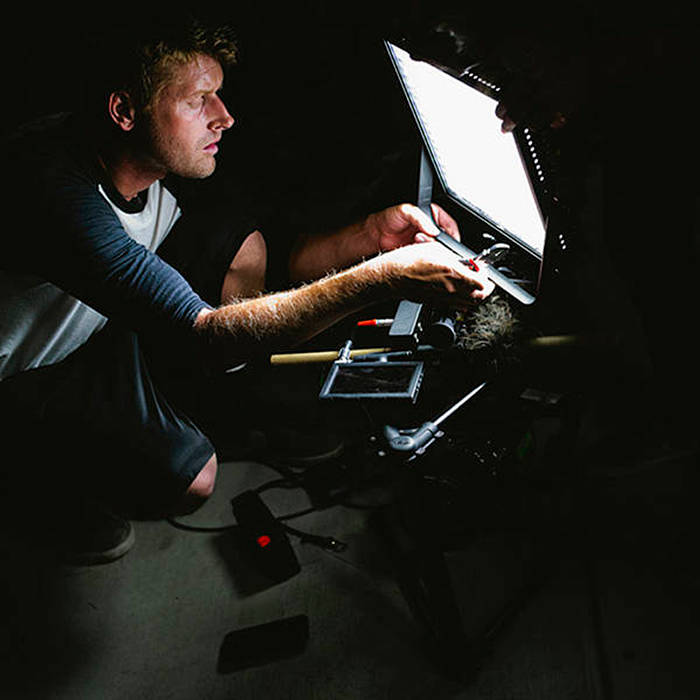
courtesy: Skateistan
I can imagine. Because it’s premiering this week, I have to ask you about The Flat Earth. Is it going to be similar to We Are Blood? What can we expect from it?
Every one of these films that I made have been so challenging for different reasons. We Are Blood for sure was the biggest skateboard budget, with millions of dollars. It was the biggest skate film ever made, and I had so much on my shoulders. I was waking up in the morning with 30 emails to answer. I really liked that challenge. I thought it was amazing navigating that, and dealing with everything that came along with that film more than just having some fancy toys to make a cool-looking film. It was very challenging to navigate that, and make that film a reality.
Meeting young kids and their parents, and having them say that that’s the film that they got into skateboarding from—that’s something that I had never really made before. So it was cool to do that. Off of that film, I started my own production company, Ghost Digital Cinema. I ended up investing in a bunch of camera gear, and was doing a bunch of non-skateboarding work just to pay the bills. It kind of dawned on me: I have all this camera gear, why don’t I make another skate film? So I just slowly started doing it on my own with all of the gear and my friends. We would go out and film if we had time. It basically started as a passion project. I ended up meeting Jamie Foy, and skating with Carlos Iqui, Chase Webb, Mike Pulizzi, and Cody Lockwood. I was filming parts with these guys. Let’s say I had a job in New York. I had to drive all the gear out to New York. So I would throw the guys in the van and we’d make a trip out of it.
The Flat Earth Trailer
We just did it fully bare bones. I funded the entire thing on my own, out of my own pocket with my own credit card. I’ve spent as much as a skate company would spend on any of these films. For me, I just wanted to make a film of this scale on my own and see what it’s like. Hopefully people buy it on iTunes, and I can break even. It’s not any sort of money-making thing at all for me. I’m so in debt from making it. I would love to just make that money back, and these guys can have their next step in their careers.
This film, for me, has been so genuine, and organic. There is no one else behind it. You have this dynamic when you work for a company. The riders skate for that company, and they have to film. It creates some sort of tension sometimes. If the guys aren’t into it, it’s not a good formula. For this, it was rad having everyone come together. I felt like we were all making it together. It was insane to see the level of skating that these guys put into this film. It feels nuts to me: the huge rails that Chase is doing; all of the amazing stuff that Jamie’s done; the technical skating that Carlos has done; all of the flatbar wizardry that Pulizzi did. Cody Lockwood filmed a part in like a month. I don’t know. It’s special to me.
I think that this film is really cool. I wanted to do something different. And it was never anything to do with the “flat earth” conspiracy. I have no idea what any of that stuff is even about. I wanted to do something where I manipulated the stuff with 360 cameras, and did a bunch of new visual effects. I realized that I could bend the horizon, and bend the earth. We also didn’t use any fisheye shots in the film; everything was straight. So it kind of made sense calling it “The Flat Earth.”
Let’s talk a little bit about Jamie Foy, since you mentioned him. He’s been having an incredible year. I think his part is one of the most anticipated sections of the film. What was it like working with him?
It’s funny. I just watched the video yesterday for the first time in a month. I finished it, like, six weeks ago. I was just sitting there tripping on how insane his part is. I can’t describe it. Jamie is so insane because he does all of this big stuff, but then his technical skating is on par with all of the big stuff that he does. I think it’s cool that when I first started filming Jamie, he was really kind of new on the radar. Now, he is such an established pro. Seeing that come to fruition through the course of his video part is pretty cool. You can see some of the tricks from a year or so ago, and you can tell [how old they are] because he looks younger.
It’s been pretty insane watching him push himself, and being a part of that by bringing him to all of these places around the world making this film. When we started this, he had never been on a U.S. trip. Now, we’ve done three U.S. trips. We’ve been to Europe. We ended up meeting up in Spain while I was out there for work. I think it’s been pretty cool seeing these guys grow with the film. Every film, I’ve had that. I remember filming Vincent Alvarez for the first time, and seeing where he is now. Same thing with Jamie, and all of these other guys. Meeting Tiago [Lemos] for the first time, and seeing where he is now. I love being a part of these guys’ careers and helping them. Even if it’s just the tiniest bit, I enjoy helping them and seeing them become the skaters that they are now.
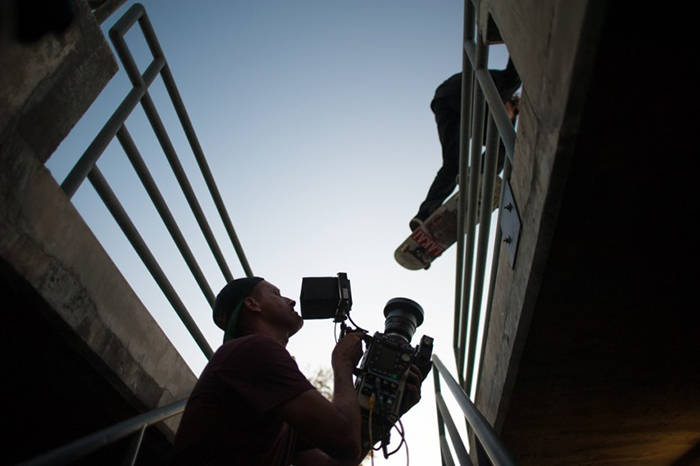
courtesy: Popmag
What’s on the horizon for Ghost Digital? You mentioned that you’re doing commercial work. But for skateboarding, do you think that you’ll continue to do independent films, or partner with a brand or media outlet? What’s the next evolution for Ty Evans’s films?
I’m about halfway done with doing a part with Nyjah [Huston] that will release with his shoe. So I need to finish that, which comes out in a couple of months. But yeah, I’ve got some bills to pay, so I think I might be doing a lot of commercial work this next year to try to keep this roof over my head and pay off my credit card bills. My American Express isn’t looking too good right now. I need to focus on some work this year. Then, once I get everything back in order, I would love to do another skate film. I love doing these things. I’m 43. I’ve made almost 30 of these things at this point. I would love to just be able to keep doing them.
Gotcha. Last questions for myself, and all of the fans out there: What’s up with Chomp on This 2? I would love to see a super HD version of Chomp. Any possibility of you putting the band back together and making one?
Yeah, if you guys can convince doctors to figure out a way to fix my ankle, I’m down 100 percent.
